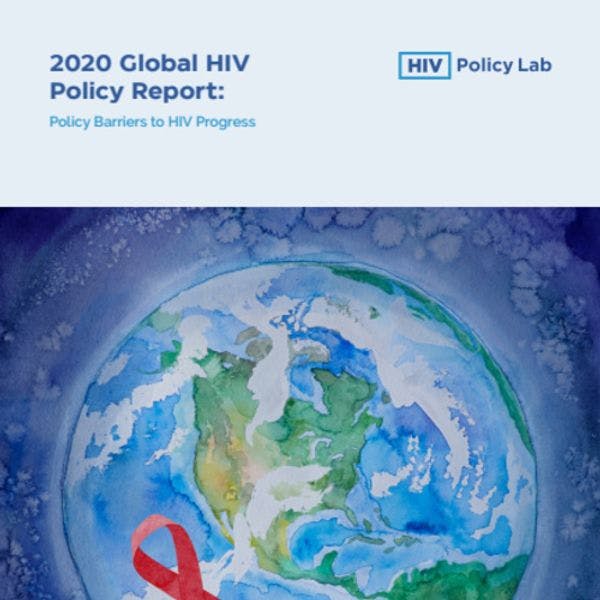HIV Policy Lab
2020 Global HIV Policy Report: Policy barriers to HIV progress
By HIV Policy Lab
Nearly forty years since the discovery and isolation of the human immunodeficiency virus (HIV), the science of HIV has never been better. Today, we have a better understanding of how the virus functions and how to test, treat, and prevent HIV infection. We have clear evidence on the biomedical, social, and structural drivers of new HIV infections and deaths, and new tools to halt them. Antiretroviral medicines (ARVs), for example, are available to save lives and to stop transmission—with new long-acting injectable forms shown just this month to be effective prevention for women. We have clear evidence that differentiating delivery of HIV service delivery to meet the needs of people works, that self-testing helps reach populations poorly served by other methods, that healthcare user fees push people out of HIV care, that criminalization of key populations undermines access and drives HIV, and much more.
Yet the translation of science into law and policy remains a drag on the AIDS response. Despite rapid scientific advances, the world will not achieve the 2020 global HIV goals. This reality stems from progress that is highly unequal. As shown in the UNAIDS 2020 Evidence Review, some countries and communities are seeing real success while others see little.3 Some countries have made remarkable use of HIV science—14 countries from throughout the world had attained the global target of at least 73% of all people living with HIV achieving viral suppression by 2019.
